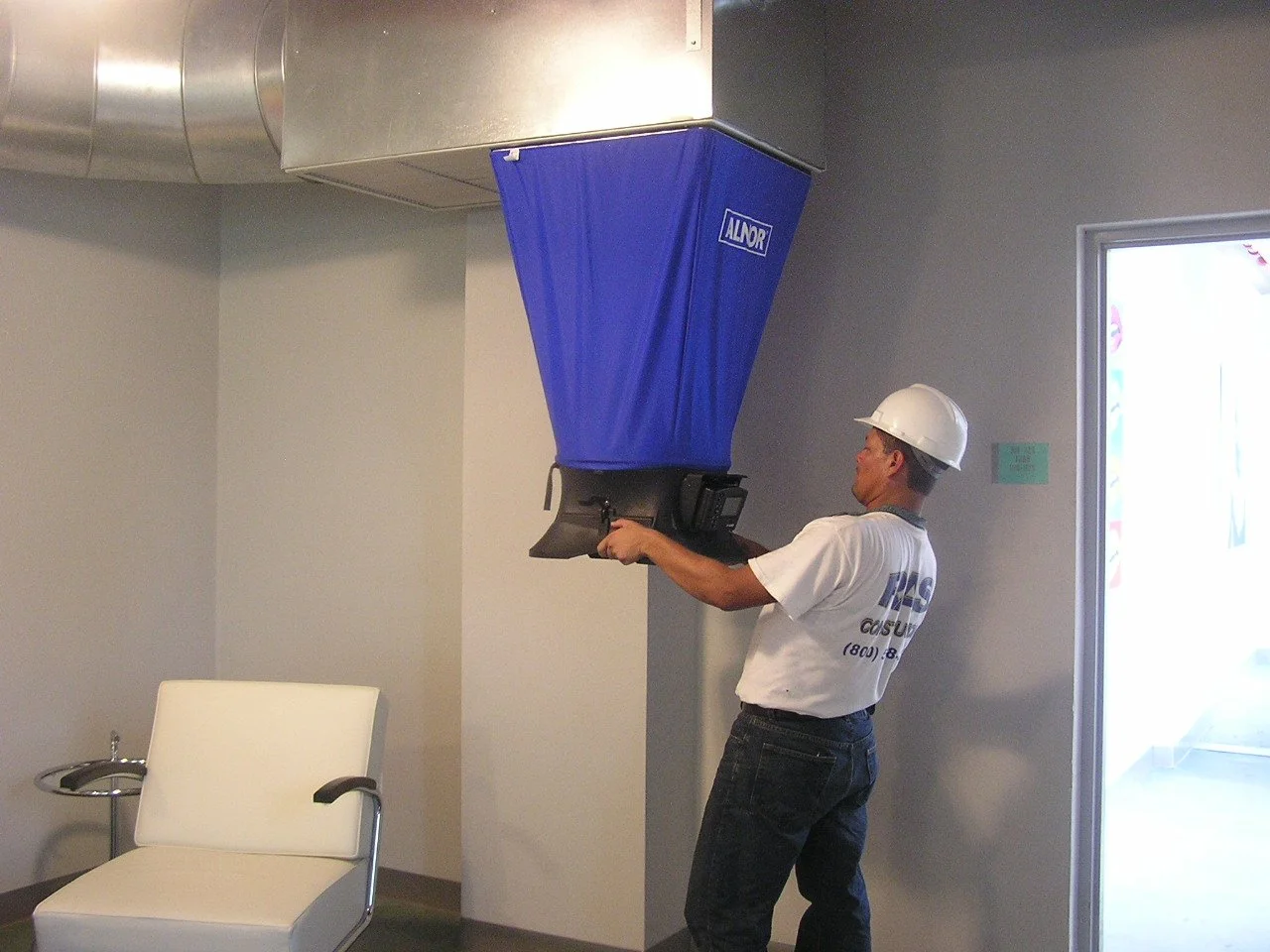What is Air Leakage?
Air leakage refers to the uncontrolled flow of air through gaps and cracks in the building envelope. It can occur around windows, doors, walls, and ceilings, often resulting in energy loss. When air escapes or enters a building without proper ventilation, the HVAC system has to work harder to maintain temperature, leading to inefficiencies.
Why Air Leakage Control Matters
Energy Efficiency: By controlling air leakage, a building can significantly reduce its heating and cooling demands. Buildings with poor sealing are likely to experience a constant cycle of air escaping, which increases energy consumption.
Cost Savings: Sealing leaks can lower energy bills. In fact, it’s one of the most cost-effective ways to enhance a building's efficiency. By reducing the demand on HVAC systems, property owners can see substantial savings on utility costs.
Comfort Improvement: A leaky building is often uncomfortable due to drafts and inconsistent temperature distribution. Controlling air leakage helps maintain a more stable indoor environment, ensuring that occupants experience a more comfortable space year-round.
Environmental Impact: As the world moves toward greener building practices, air leakage control plays a role in reducing a building’s carbon footprint. Minimizing energy wastage contributes to lowering greenhouse gas emissions, making buildings more eco-friendly.
Key Methods for Controlling Air Leakage
Controlling air leakage in building retrofits involves various strategies, including:
Air Sealing: This involves using materials like caulks, foams, and gaskets to seal cracks and gaps around windows, doors, and other penetrations. Ensuring a tight seal in the building envelope is the first step in preventing uncontrolled air flow.
Improving Insulation: A well-insulated building minimizes heat transfer and reduces the potential for air leakage. Adding insulation, especially in the attic and wall cavities, is a common retrofit strategy.
Blower Door Tests: This diagnostic tool is used to measure the extent of air leaks in a building. It involves temporarily mounting a fan in a doorway to pressurize or depressurize the building, identifying areas where leaks are most prevalent.
Conclusion
Air leakage control is a vital aspect of retrofitting buildings, offering benefits in energy efficiency, cost savings, and environmental impact. By investing in proper sealing and insulation techniques, building owners can reduce their operational costs while contributing to a more sustainable future.
If you’re looking to improve the performance of your building, addressing air leakage should be one of the top priorities in your retrofitting plan.


